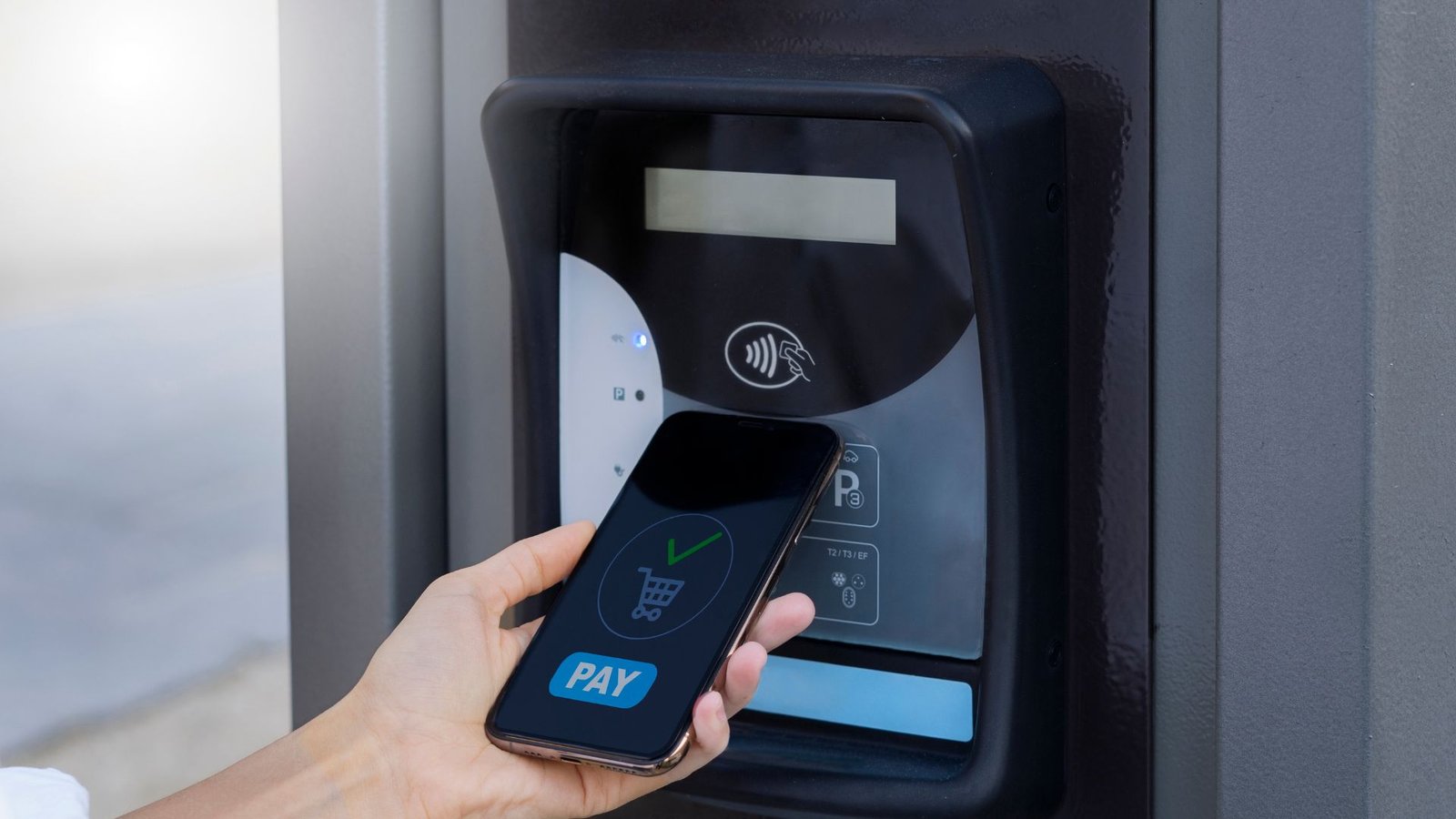In today’s technology-driven world, maintaining security is becoming a challenge. The technological whirlpool has also impacted the implementation of security in buildings. The residents, assets, and information of a residential or commercial building must be secure. Therefore, building owners employ various means of maintaining high-class security. One of the gifts of technology to building owners is access control systems.
Access control systems are security mechanisms that are integrated with technology and are used in buildings to monitor who can enter. These systems have become essential components in building management. These systems are known to enhance a building’s security by monitoring its entry and exit points.
Methods Used in Access Control Systems
Access control systems utilize the latest technology to ensure the safety of a building. These systems are installed at the entry and exit of a building, and they may employ different procedures to ensure that only authorized individuals gain access to the building. The different methods used in these systems are:
- Keyless, Card Entry
When access control systems are deployed in a building, most people do not need keys to enter. This is because these systems use card access, wherein any individual wanting to enter the building needs to show a keycard or enter a unique number. The keycards can be tapped on card readers, which authenticate the individual’s credentials and allow the person access to the building if the credentials match. This implies that no unauthorized person can enter the building using such systems, thereby enhancing its security.
- Biometrics
Biometrics can be used to validate an individual’s credentials. In this, unique physiological features, such as fingerprints or iris patterns, are used to ensure that the right person enters the building. Some access control systems also allow for facial recognition to ensure the building remains secure.
- Mobile Credentials
Many access control systems utilize mobile credentials, wearable devices, and smartphones to verify a person’s identity and credibility before granting access to a building or other secure areas.
Top Benefits of Access Control Systems
Access control systems can significantly enhance the security of a building and improve its operational efficiency. They provide a safe environment and help minimize the risks of unauthorized entry into a building. There are several benefits of access control systems for building security, such as:
- Enhanced safety procedures, such as biometrics, card entry, mobile credentials, and facial recognition, can be implemented in a building with access control systems. This exercise aims to ensure that only authorized individuals enter the building, thereby improving the safety of the residents and assets within.
- Access control systems facilitate easy and centralized building management. Building managers can control HVAC, surveillance, and other systems in coordination with these systems. This leads to increased efficiency in building operations.
- Access control systems can assure increased accountability. The security team becomes more responsible and accountable for a security breach because the system records every entry and exit.
- These systems facilitate flexible access management, as building administrators can grant and revoke access according to the roles of individuals visiting the building. This flexibility in access ensures that the building assets are secure at all times and are also used optimally.
To Sum It Up
An access control system may initially seem like a costly investment for modern buildings, but its necessity in today’s world cannot be overstated. This is because these systems ensure that only authorized personnel can access and use the building assets when necessary. This fosters a sense of security among the building’s residents, making it a worthwhile investment.










